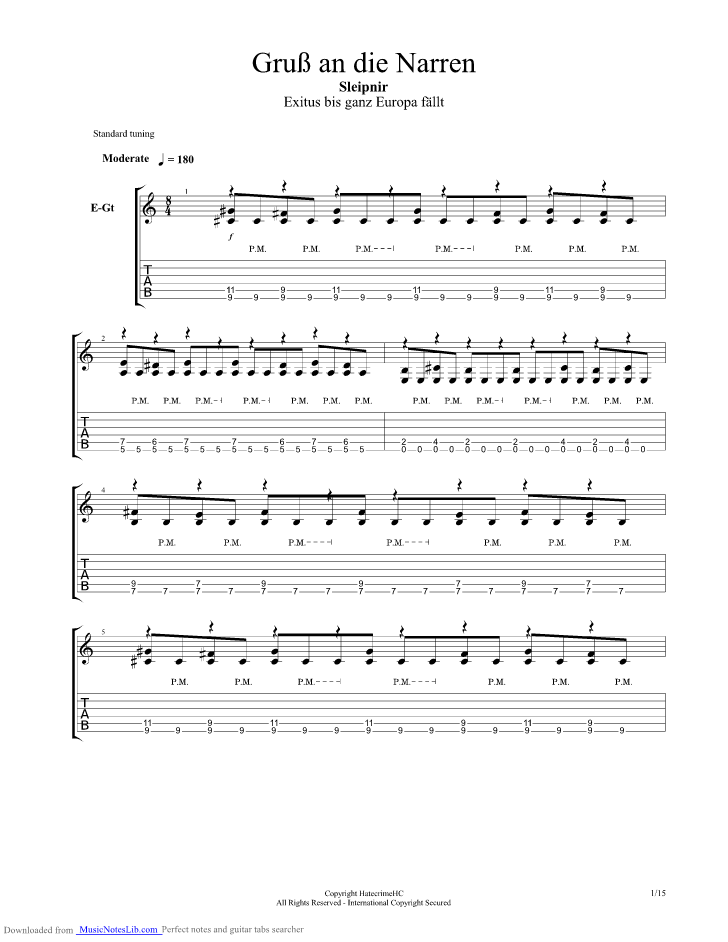


Sleipnir is first mentioned by name in 10th-century Eddic poetry which was among the sources used by the Icelandic historian and mythographer Snorri Sturluson (l. Although there are no stories of Sleipnir predicting the future overtly, he is thought to be quite intuitive, knowing the fastest way to reach a destination to minimize risks to his rider. The divination took the form of harnessing a horse, or horses, to a chariot or wagon and then observing the path they took, usually between spears or other projectiles set on the ground in front of them. In the first century AD, the sacred horses of the Germans were held to understand the will of the gods more clearly than their priests could do, according to Tacitus, so that they were used for divination. Like Freyr’s boar, Odin’s horse traveled swiftly though the sky and down into the realm of death. A horse could carry a departed hero to the realm of the dead and is shown doing this on many of the memorial stones set up in Gotland in the Viking Age. The horse was an animal which could be associated with the journeying sun and it was an important religious symbol in the North from the Bronze Age onwards. The völva was highly respected, but it was recognized that horses were closer to the gods and could understand them better than any völva. There was no clergy in Norse religious practice, but there was the figure of the völva (seeress), a woman who received messages from the gods, could predict the future, and presided over community rituals. In Scandinavian culture, the stallion replaced the bull as the symbol of virility and power, but horses generally were understood as possessing supernatural abilities that placed them in communion with the gods and spirits. Sleipnir is then thought to carry Odin to the afterlife in keeping with the traditional understanding of the horse a liminal being in Norse mythology. In the final battle between the forces of chaos that include Loki and Sleipnir’s half-siblings Fenrir, Jörmungandr, and Hel – among others – on the side of chaos, most of the Norse gods are killed, including Odin and his faithful horse. Sleipnir’s final ride is to carry Odin to the battlefield of Vigrid at Ragnarök, the Twilight of the Gods.


 0 kommentar(er)
0 kommentar(er)
